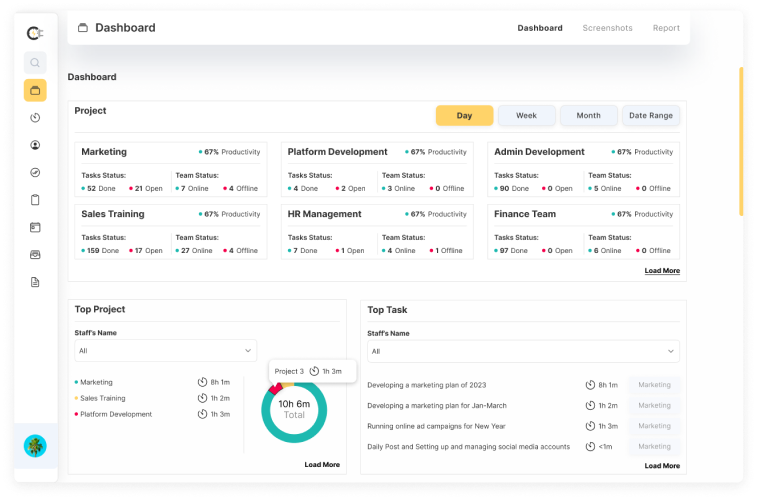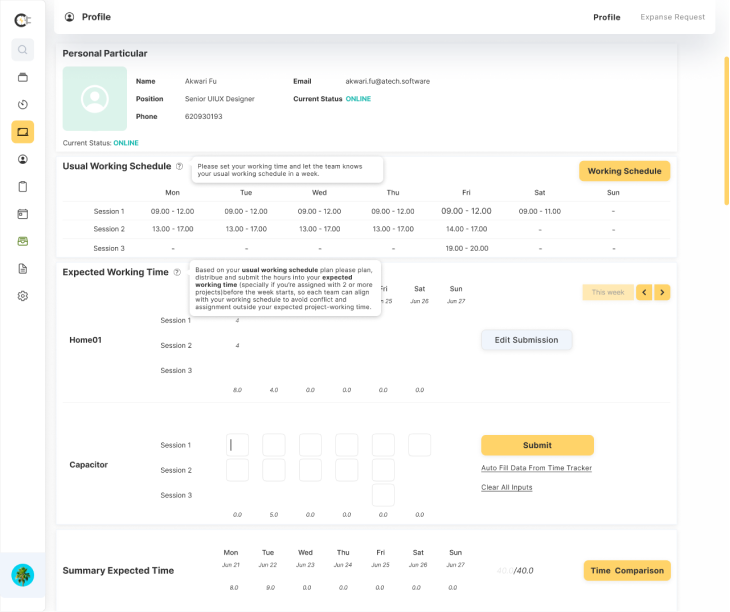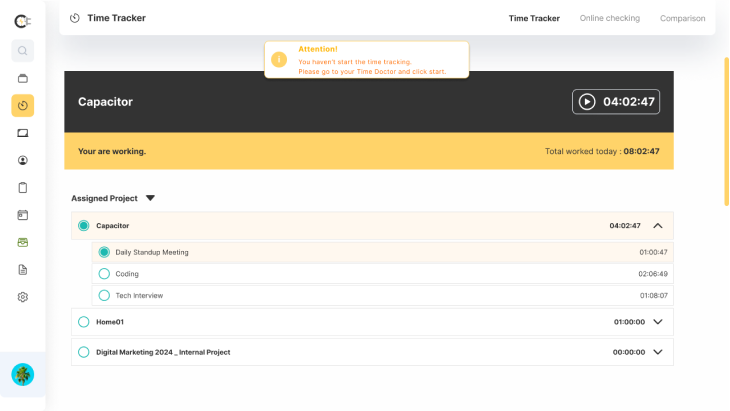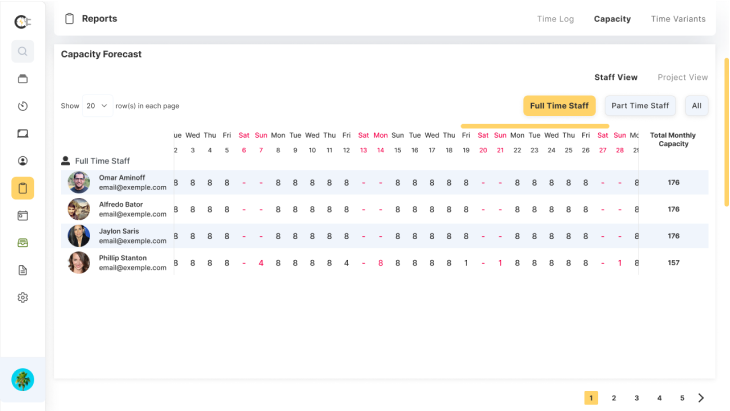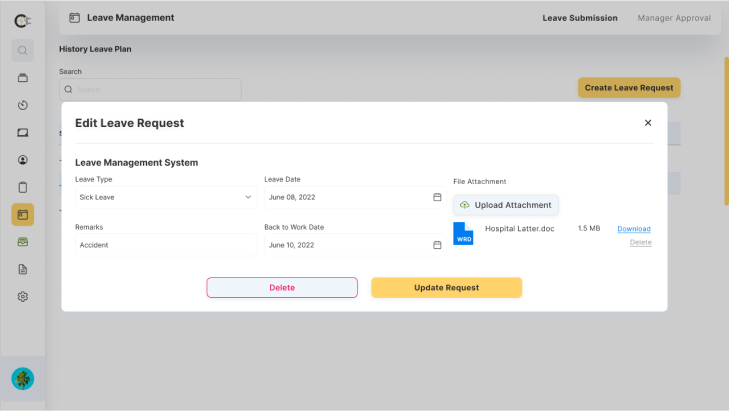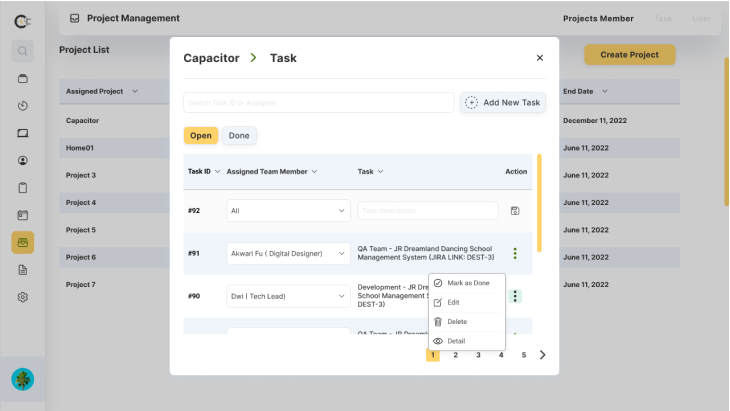
Public Website
- Designed and developed the Capacitor.software SaaS website page.
- Created an engaging and intuitive user interface to showcase the features and benefits of the SaaS platform.
- Implemented responsive design to ensure optimal user experience across various devices and screen sizes.
- Integrated captivating visuals and graphics to enhance the overall aesthetic appeal of the page.
- Included clear and concise descriptions of the SaaS platform’s functionalities and key selling points. Implemented a dynamic pricing section to provide users with different subscription options.
- Incorporated social proof elements, such as customer testimonials and case studies, to build trust and credibility.
- Integrated various call-to-action (CTA) buttons strategically throughout the page to encourage user engagement and conversions.
- Conducted thorough testing to ensure the page’s functionality and performance meet high standards.
- Optimized the page for search engines (SEO) to increase its visibility and organic reach.
- Completed necessary documentation and deployed the Capacitor.software SaaS website page to a production environment.
Web Application
- Dashboard: a dashboard that provides an overview of key performance indicators (KPIs) and metrics. The dashboard is designed to provide users with a quick and easy way to view data and make informed decisions. A dashboard typically displays data in the form of charts, graphs, and tables.
- Screen Capture module: the screen capture module allows users to review all the captured screenshots of their computer screens. Users may manage their own screenshots in this module.
- Profile Management module: the profile management module allows users to manage their user profiles. This module typically allows users to update their personal information, change their profile picture, and edit their usual work times and capacity distribution.
- Time Tracker module: the time tracker module allows users to track their time spent on various tasks and activities.
- Capacity Planning module: the capacity planning module allows users to plan and manage their resource capacity. This module is useful for a variety of purposes, such as project management, workforce planning, and more. Capacity planning modules typically provide users with a variety of options for planning and managing capacity, such as forecasting, resource allocation, and more.
- Leave Management module: the leave management module is a web application module that allows users to manage their leave requests. This module is useful for a variety of purposes, such as human resource management, employee scheduling, and more. Leave management modules typically provide users with a variety of options for managing leave requests, such as requesting leave, approving leave requests, and more.
- Project Management module: the project management module is a web application module that allows users to manage their projects from start to finish. This module is useful for a variety of purposes, such as project planning, task management, resource allocation, and more. Project management modules typically provide users with a variety of options for managing projects, such as creating project plans, assigning tasks, tracking progress, and more.

